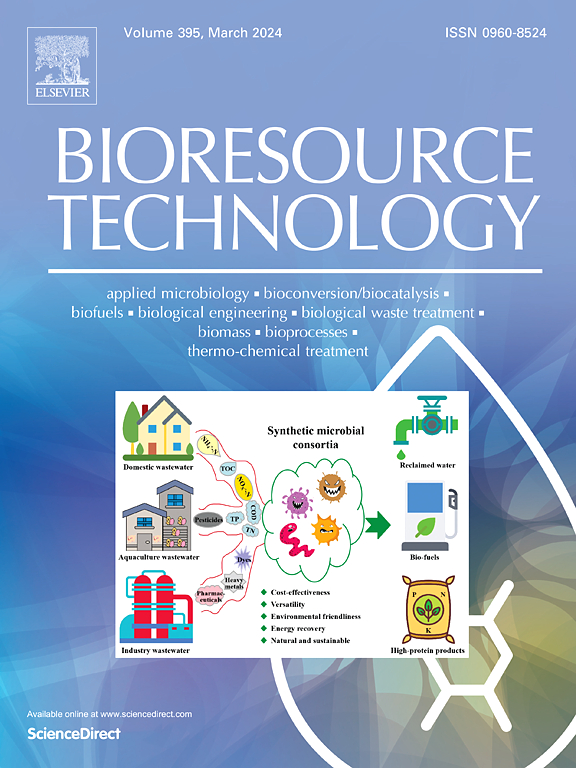Mechanistic insights into melanoidins-induced hydrophilicity of thermal hydrolyzed sludge and its impact on dewaterability
IF 9.7
1区 环境科学与生态学
Q1 AGRICULTURAL ENGINEERING
引用次数: 0
Abstract
Although thermal hydrolysis pretreatment enhances disposal efficiency of sludge, it inevitably leads to melanoidins formation, which will negatively impact the subsequent wastewater treatment processes. However, their effect on the dewaterability of thermal hydrolyzed sludge (THS) remains poorly understood. This study aimed to uncover the underlying mechanisms of how melanoidins affecting dewaterability of THS. Using resin-adsorption method to reduce melanoidins content by 50% led to 21% and 6% decreases in capillary suction time and specific resistance to filtration, respectively, and a 14% increase in sludge cake solid content. Conversely, accumulating melanoidins to 200% worsened THS dewaterability, altering surface morphology and reducing floc stability, which increased the content of bound water by 9%. Additionally, a higher melanoidins level increased the hydrophilic components in extracellular polymeric substances while reducing hydrophobic sites and structures. These findings indicate that melanoidins impair THS dewaterability by altering flocs spatial properties and increasing hydrophilic structures and components.

热水解污泥中美兰素诱导的亲水性及其对脱水性影响的机理研究。
虽然热水解预处理可提高污泥的处置效率,但不可避免地会形成类黑色素,这将对后续的废水处理过程产生负面影响。然而,人们对它们对热水解污泥(THS)脱水性的影响仍然知之甚少。本研究旨在揭示类黑色素如何影响热水解污泥脱水性的内在机制。采用树脂吸附法将黑色素含量降低 50%,可使毛细管抽吸时间和过滤比阻分别减少 21% 和 6%,污泥饼固形物含量增加 14%。相反,将类黑色素累积到 200% 会恶化 THS 的脱水性,改变表面形态并降低絮凝物的稳定性,从而使结合水的含量增加 9%。此外,较高的类黑色素水平会增加细胞外聚合物物质中的亲水成分,同时减少疏水部位和结构。这些研究结果表明,类黑色素会改变絮凝体的空间特性,增加亲水结构和成分,从而影响 THS 的脱水性。
本文章由计算机程序翻译,如有差异,请以英文原文为准。
求助全文
约1分钟内获得全文
求助全文
来源期刊

Bioresource Technology
工程技术-能源与燃料
CiteScore
20.80
自引率
19.30%
发文量
2013
审稿时长
12 days
期刊介绍:
Bioresource Technology publishes original articles, review articles, case studies, and short communications covering the fundamentals, applications, and management of bioresource technology. The journal seeks to advance and disseminate knowledge across various areas related to biomass, biological waste treatment, bioenergy, biotransformations, bioresource systems analysis, and associated conversion or production technologies.
Topics include:
• Biofuels: liquid and gaseous biofuels production, modeling and economics
• Bioprocesses and bioproducts: biocatalysis and fermentations
• Biomass and feedstocks utilization: bioconversion of agro-industrial residues
• Environmental protection: biological waste treatment
• Thermochemical conversion of biomass: combustion, pyrolysis, gasification, catalysis.
 求助内容:
求助内容: 应助结果提醒方式:
应助结果提醒方式:


